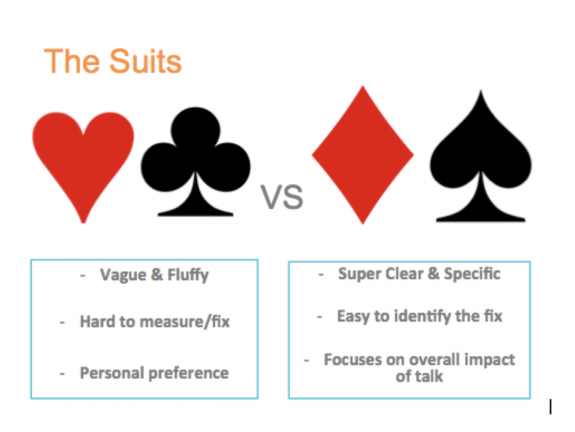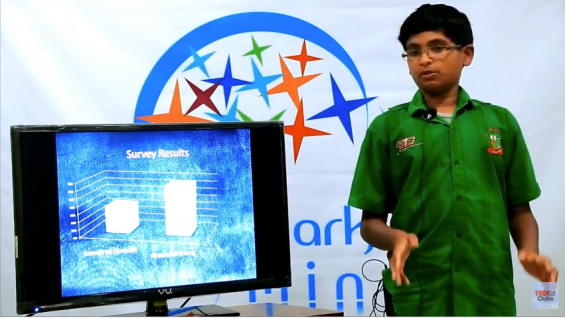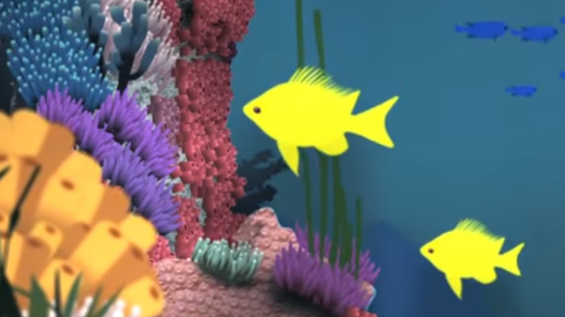
How to give effective feedback on a talk
You probably know what receiving bad and unhelpful feedback feels like. It’s easy to recognize because it’s usually one of the following:
Infuriating. You put a ton of work into something, expected to knock people off their feet, and instead you get blank stares.
Confusing. It’s obvious that the person giving the feedback doesn’t like something you did, but impossible to tell what that thing might be or how you might fix it.
Fluffy. These are comments that feel nice, but don’t help you grow or get any better.
Just plain mean.
Fortunately, TED-Ed Clubs has developed guidelines for giving honest, effective feedback on a talk. Try these tips the next time you’re asked to give feedback:
Get in the gift-giving mindset. Know that warm, fuzzy feeling you get when you give someone a present and know they’re really going to like it or get a lot of use out of it? Think of giving feedback on a Club Member’s talk as a gift to someone you really want to help. This mindset will help you set the stage with generosity.
Make a feedback sandwich. People hear constructive feedback SO much better after they’ve gotten a little bit of love. When you give feedback on a talk, have the first piece of bread be something that worked, then share something that could work better, then top off the sandwich with another piece of compliment bread! (Anyone else hungry?)
Try the Playing Card Method©. Know that deck of playing cards in your junk drawer? Well, it can teach you a whole new feedback language!
The learning wizards at LifeLabs New York have come up with a way to divide feedback into four categories:
Hearts: Heart feedback is positive but unspecific (ex. “Sam’s intro is great!”)
Diamonds: Diamond feedback is positive and valuable, because it is specific (ex. “Sam’s opening story about pizzacat caught my attention right away and built up suspense that got me excited for the rest of his talk.”)
Clubs: Negative and unspecific, this kind of feedback clubs someone over the head and just hurts (ex. “I didn’t like the part about Widget World because it didn’t make sense.”)
Spades: Just like the little shovels they’re named after, spades can help people dig themselves out of a hole. This feedback may be negative, but also specific, which makes it helpful (ex. “I was a little confused by the part about Widget World and wonder if Sam could explain a bit more about the snack incident, especially since his talk is about how WW made him afraid of popcorn forever.”)
When you’re offering feedback, try to give diamonds and spades, rather than hearts and clubs. That kind of feedback will make it easiest for people to repeat the stuff that’s working and decrease the stuff that’s not!
Author bio: Ashley Kolaya manages the TED-Ed Clubs program. The TED-Ed Clubs program supports students in discovering, exploring and presenting their big ideas in the form of short, TED-style talks. In TED-Ed Clubs, students work together to discuss and celebrate creative solutions to problems worth solving. Students also receive TED-Ed’s flexible public speaking curriculum to guide their club and to help inspire the next generation of leaders. To learn more about TED-Ed Clubs, go here: ed.ted.com/clubs.






Happening upon this website has been a very informative experience for me a retired science teacher. I realize the value and abundance of the material you present on this website. As a result, I’ve been recommending your website to my family and many of my friends.